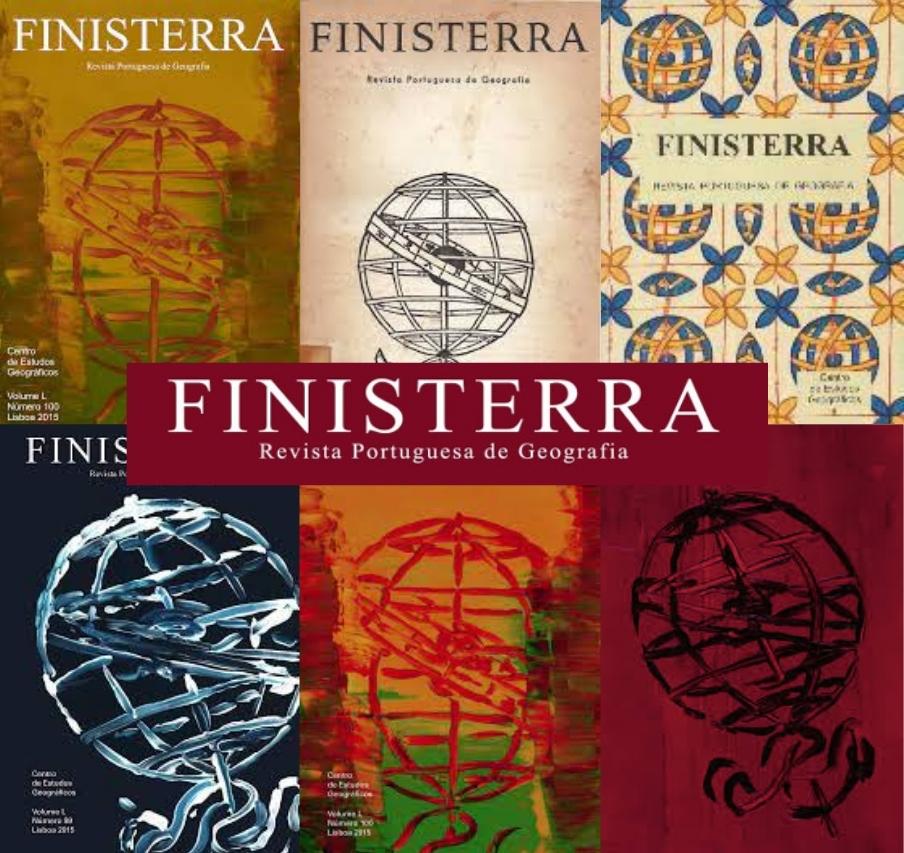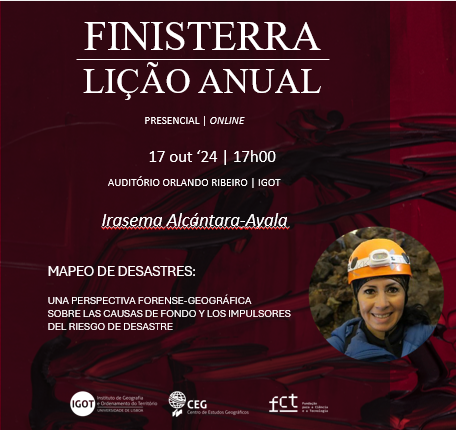THE DIGITAL PEDESTRIAN NETWORK IN COMPLEX URBAN CONTEXTS: A PRIMER DISCUSSION ON TYPOLOGICAL SPECIFICATIONS
DOI:
https://doi.org/10.18055/Finis16414Abstract
A safe and accessible pedestrian network is essential to an equitable and sustainable urban mobility system. The importance and benefits of pedestrian-friendly urban environments has been widely addressed in transport research, yet most studies focusing in pedestrian accessibility use available street network datasets that do not represent effectively the pedestrian environment. In some cases the use of street centrelines can provide a rather good approximation to pedestrian accessibility measures. However, in the context of transportation planning and policy, the use of street centrelines fails to address critical pedestrian concerns, such as road crossing opportunities and accessible infrastructure for all. The variety of street environments
and their impact on pedestrian behaviour raises some issues related with network typologies and their representation. In this paper we present and discuss issues arisen from the manual digitization of areas of a case study in Lisbon, Portugal, demonstrating significant differences in the layout of the pedestrian network when addressing different urban contexts. A detailed pedestrian network dataset was built, covering 6 different urban settings, comprising data on formal and informal pedestrian crossings and traversable/inaccessible pathways. Results show that “regular” street layouts are plain in their structure and therefore likely suitable for automated digitization, whilst less conventional street and crossing arrangements or areas with ample public spaces show a network complexity level that still requires human interpretation. The aim of this study is to encourage the discussion on the harmonization of digitization specifications for geographic datasets that can enable realistic analysis of pedestrian accessibility.
Downloads
Downloads
Published
How to Cite
Issue
Section
License
-
The opinions expressed in the texts submitted to Finisterra are the sole responsibility of the authors.
-
Authors retain copyright and grant the journal the right of first publication, with the work simultaneously licensed under the Creative Commons Attribution License, which allows others to share the work with acknowledgement of its authorship and initial publication in this journal.
-
Authors commit to following the “Submission Guidelines” available on the RCAAP platform.
-
Whenever the text requires changes based on suggestions from Scientific Reviewers and/or the Executive Editorial Board, authors agree to accept and implement these changes as requested. If there are changes the authors disagree with, appropriate justifications must be provided on a case-by-case basis.
-
Reproduction of copyrighted material has been previously authorised.
-
The texts are original, unpublished, and have not been submitted to other journals.
Copyright
It is the responsibility of the authors to obtain authorisation to publish any material subject to copyright.
Editing Rights
Editing rights belong to the Centre for Geographical Studies of the Institute of Geography and Spatial Planning, University of Lisbon.
The editing of a text submitted to Finisterra for publication implies that it is an original.
Publication implies acceptance of the submission guidelines and compliance with authors’ responsibilities.
Publication Rights
All publication rights belong to the Centre for Geographical Studies, as the publisher of Finisterra.
Licence URL: CC Attribution – Non-Commercial – No Derivatives (BY-NC-ND).
Digital Preservation Policy
Finisterra uses the Open Journal Systems (OJS 3.2.1.4), a free and open-source software for journal management and publication, developed and distributed by the Public Knowledge Project (PKP) under the GNU General Public License. PKP is a multi-university initiative that develops open-source software and conducts research to improve the quality and reach of scholarly publishing. OJS includes the PKP PN plugin, a means of digitally preserving journal content in the PKP Preservation Network (PKP PN), which ensures long-term access to OJS journal content. PKP enables OJS journal publishers to preserve content in a decentralised and distributed manner. This ensures that, in the event a journal ceases publication or goes offline, continued access to articles and issues remains available (long-term preservation).
For more information, visit: https://pkp.sfu.ca/ojs/




_(2).jpg)

